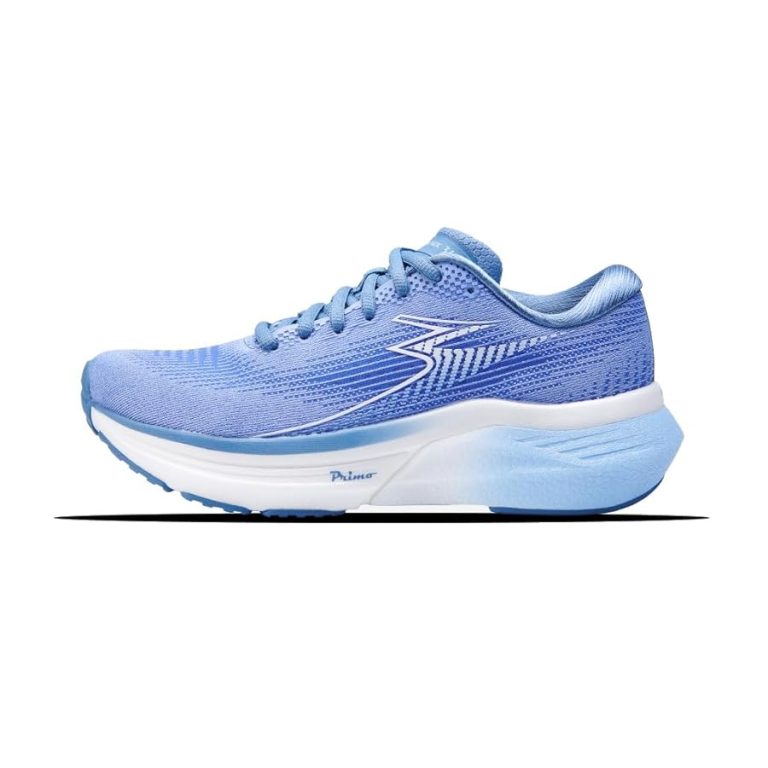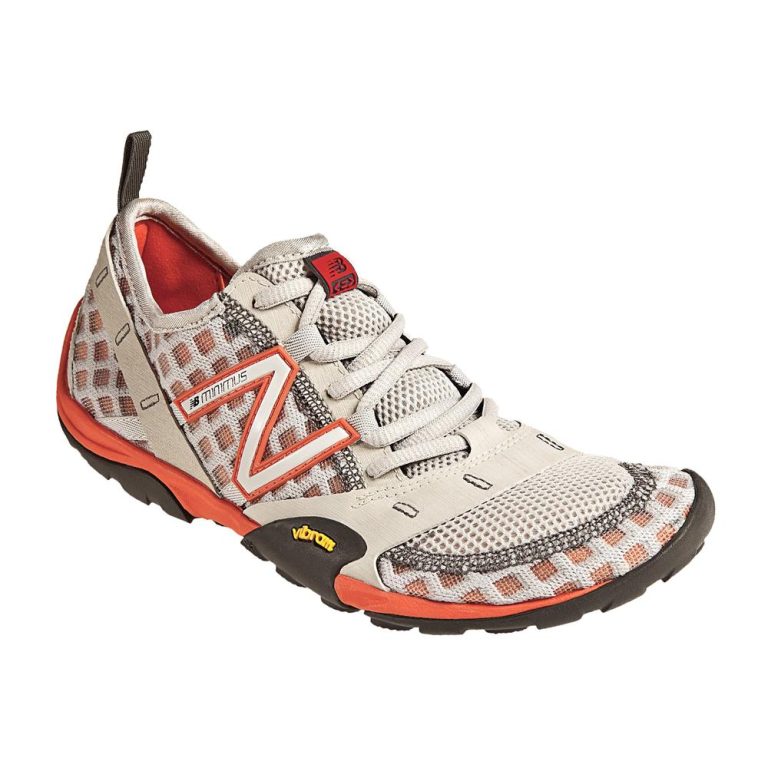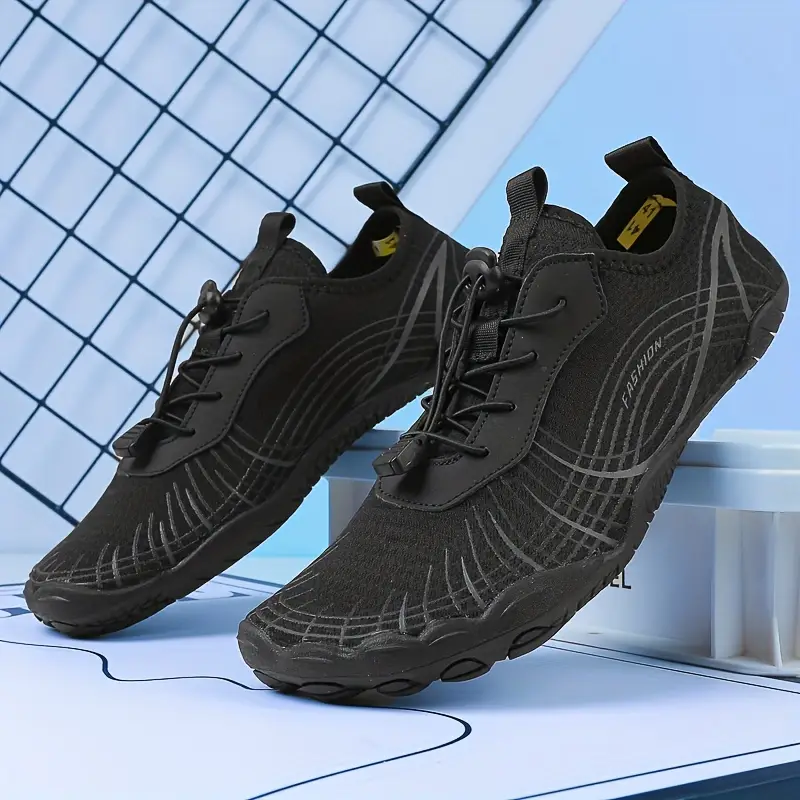
Treadmill Running Shoes: Essential Tips for Finding Your Ideal Fit
Importance of Choosing the Right Treadmill Running Shoes
Running on a treadmill is different from outdoor running. The shoes you wear can impact your performance, comfort, and safety. Choosing the right treadmill running shoes ensures your feet remain supported and protected during workouts.
How Treadmill Running Differs from Outdoor Running
Treadmill running has distinct features compared to running outdoors. Outdoor running involves uneven surfaces, inclines, and variable terrains. On the other hand, treadmills offer consistent surfaces and controlled settings. Treadmills reduce impact forces but require shoes with proper cushioning for joint protection. Unlike trails, treadmill belts provide less grip, so tread and sole design matter. The indoor environment also demands breathable materials to prevent overheating.
Common Injuries from Using Incorrect Running Shoes
Using unsuitable running shoes can lead to injuries. Improper cushioning may cause joint pain or shin splints. Lack of flexibility can result in blisters or foot strain. Wearing shoes without proper grip increases the risk of slips or falls. Shoes that don’t fit well can cause heel pain or bruises. Selecting the right treadmill running shoes minimizes these risks and enhances your workout experience.
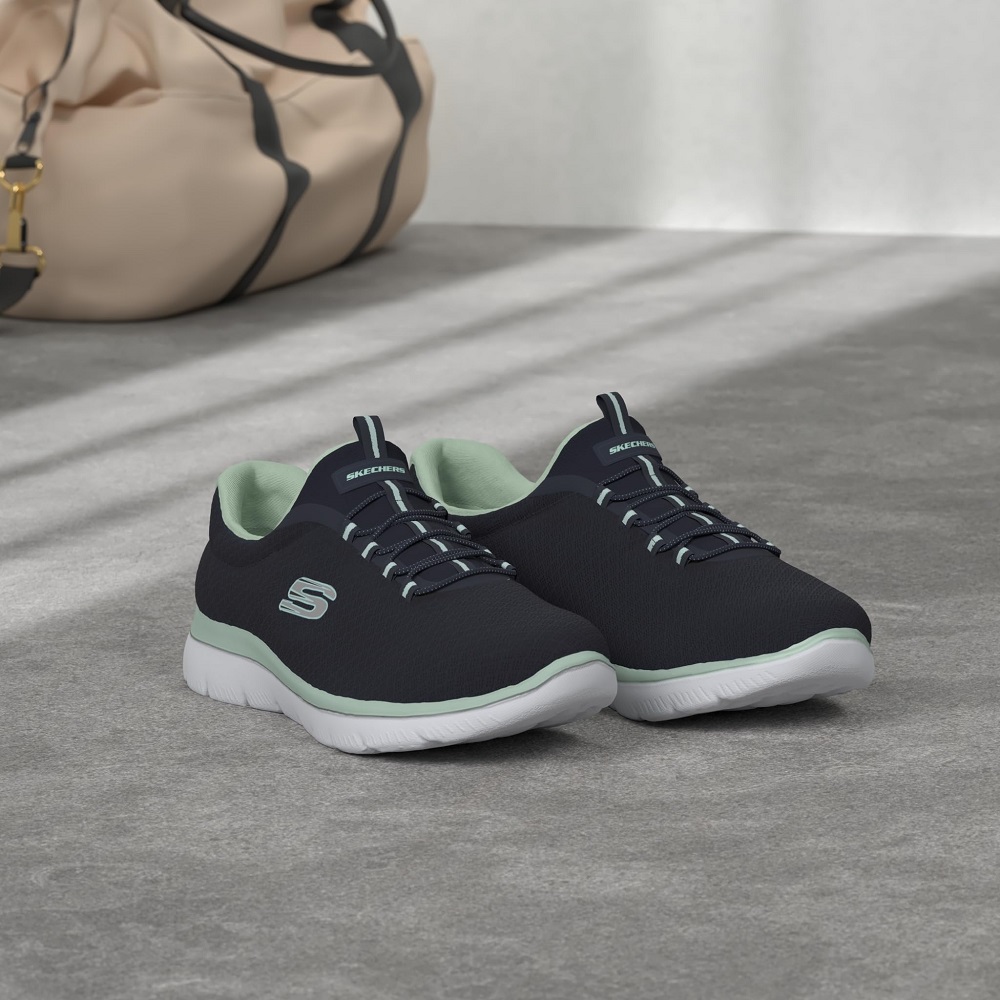
Key Features to Look for in Treadmill Running Shoes
Choosing the right treadmill running shoes involves understanding key features that enhance your experience. These features ensure comfort, safety, and optimal performance during your workouts.
Cushioning and Shock Absorption
Proper cushioning reduces impact on joints during treadmill running. Look for shoes with ample midsole cushioning. Shock absorption protects ankles, knees, and hips from strain. Popular materials include EVA foam and gel inserts. A well-cushioned shoe can prevent injuries like shin splints or joint discomfort.
Flexibility and Lightweight Design
Flexibility ensures a natural range of motion for your feet. Pick shoes with flexible soles for smooth gait transitions. Lightweight designs reduce fatigue and improve comfort during longer sessions. Shoes made with mesh or foam materials often offer both flexibility and lightness.
Tread and Grip Considerations
Treadmills have smoother surfaces, making grip vital. Opt for shoes with rubber soles for strong traction. Special tread patterns enhance stability during faster runs and sudden movements. Slip-resistant soles minimize the risk of falls or injuries while using treadmills.
Breathable Materials for Comfort
Breathability prevents your feet from overheating indoors. Choose shoes made from mesh or knit fabrics. These materials allow better airflow and wick moisture efficiently. Breathable designs keep your workouts comfortable, especially during intense sessions.
By focusing on these features, you can find treadmill running shoes that maximize comfort, safety, and performance.
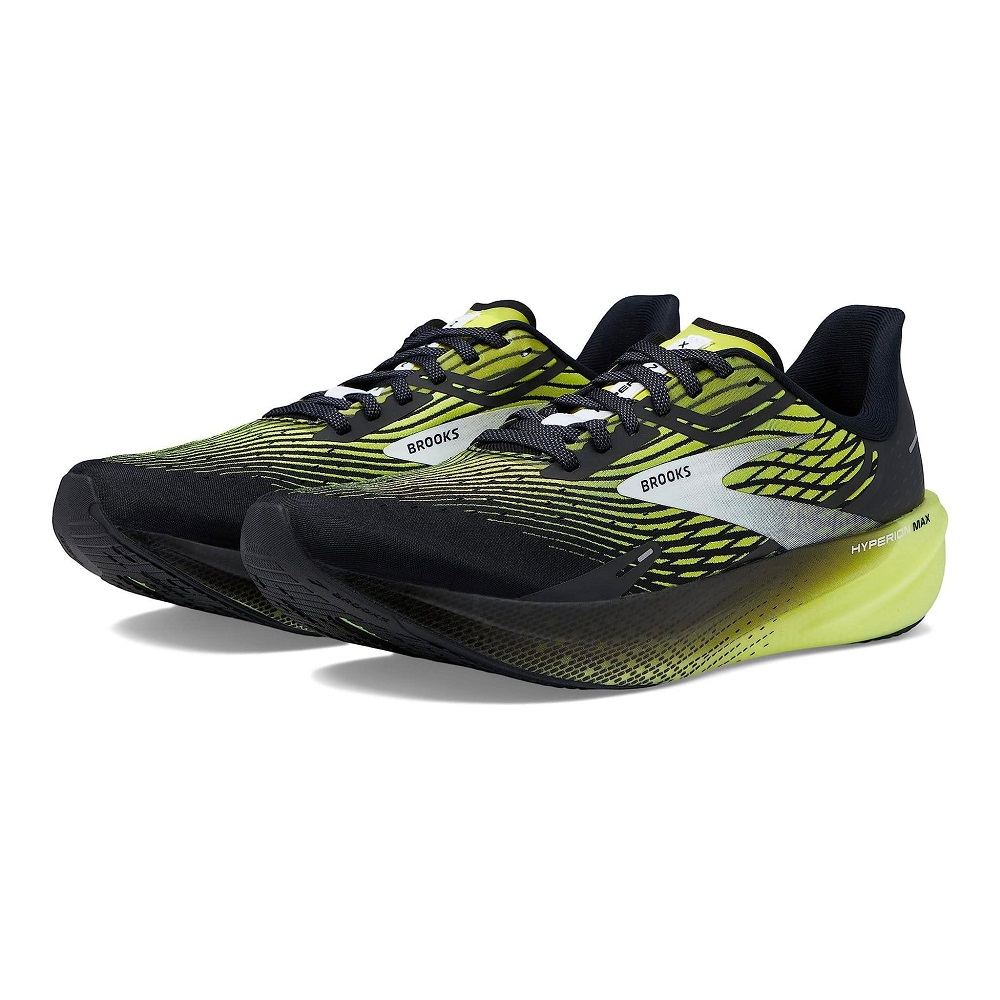
Best Types of Shoes for Treadmill Running
Choosing the right type of treadmill running shoes is essential for comfort and performance. Different shoe types cater to various foot structures and running styles. Here’s a breakdown of the best options:
Neutral Running Shoes
Neutral running shoes work well for runners with normal arches and a balanced gait. They offer superior cushioning and flexibility for shock absorption. These shoes ensure smooth transitions during treadmill workouts. Popular neutral shoes often include lightweight designs to reduce fatigue during long runs.
Stability Running Shoes
Stability running shoes are ideal for runners who overpronate, meaning their feet roll inward excessively. These shoes provide extra support to prevent injuries caused by improper gait. They include features like firm midsoles and medial support. Stability shoes ensure proper alignment, reducing stress on joints and improving treadmill performance.
Minimalist Running Shoes
Minimalist running shoes are perfect for runners who prefer a natural feel. They have lightweight designs and minimal cushioning. These shoes encourage a forefoot or midfoot strike, promoting a more natural running style. Opt for minimalist designs with some grip and flexibility for treadmill use.
Choosing the right shoe type ensures comfort and reduces the risk of injuries. Assess your needs and foot type to make an informed decision.
How to Select the Correct Fit
Selecting the perfect treadmill running shoes starts with finding the correct fit. A well-fitted shoe minimizes discomfort and prevents injuries during workouts. Here’s how you can ensure your shoes are the right fit.
Measuring Your Foot for Treadmill Shoes
- Measure Both Feet: Feet sizes can differ slightly. Always measure both and choose the larger size.
- Use a Foot Measuring Tool: Accurate measurements include length, width, and arch shape.
- Consider Your Running Socks: Measure your foot while wearing the socks you’ll use for treadmill running.
- Leave Room for Expansion: Your feet expand during running. Ensure there’s at least a thumb-width gap at the front.
- Check Width Comfort: Ensure the shoe isn’t too tight or too loose on the sides.
Proper measurements help in selecting treadmill running shoes that enhance comfort and keep you injury-free.
Tips for Testing Shoes Before Buying
- Try Shoes Later in the Day: Feet tend to swell; this gives you a more accurate fit.
- Walk and Jog in the Store: Mimic treadmill movements to test how the shoes feel in action.
- Focus on Enough Cushioning: Check if the midsole cushioning feels right for treadmill impact.
- Ensure Flexibility and Grip: Ensure the sole flexes naturally and has enough traction for a treadmill belt.
- Consult Staff for Expertise: Trained staff can recommend models based on your gait pattern and arch type.
Testing ensures you pick treadmill running shoes that align with your needs and provide lasting comfort.
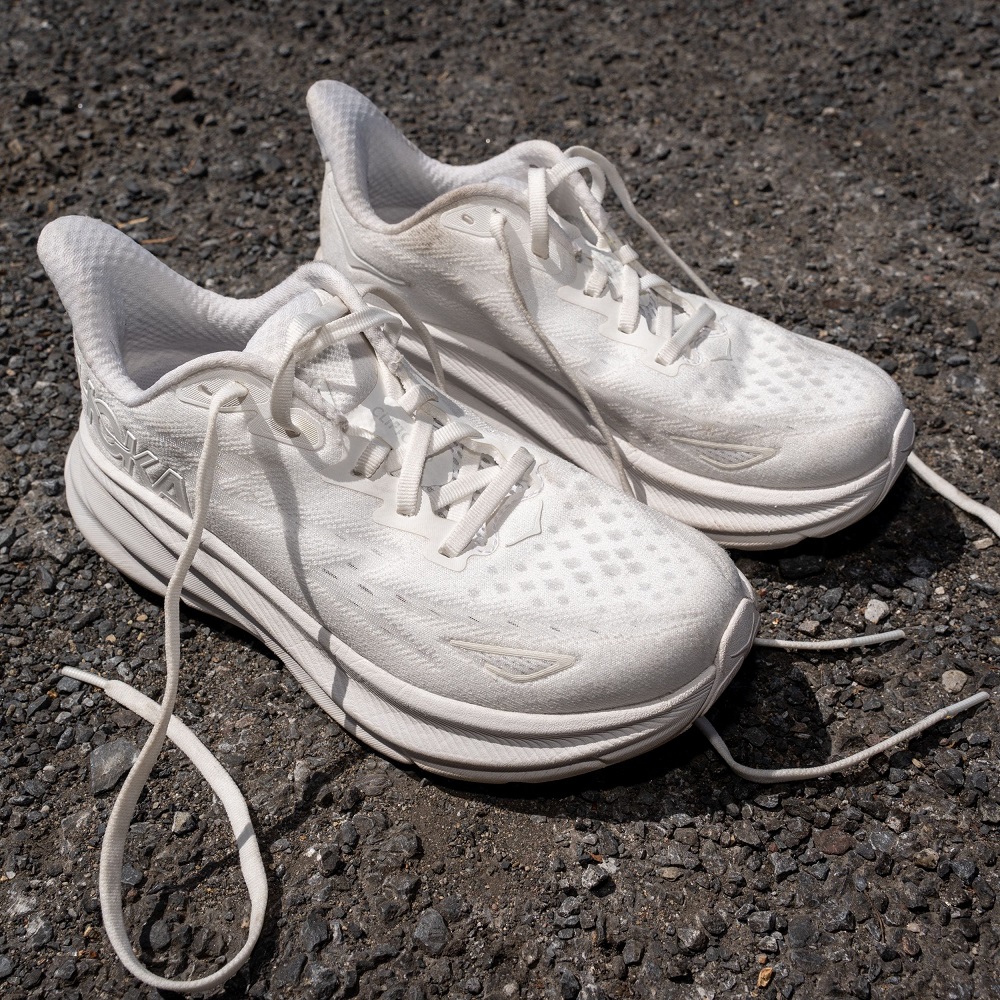
Top Brands and Models for Treadmill Shoes
Choosing the right brand and model can enhance your treadmill running experience. Many popular options cater to diverse needs, ensuring comfort, durability, and performance.
Recommended Shoes for Comfort and Performance
Comfort and performance are key for treadmill running shoes. Look for trusted brands with quality designs:
- Nike Air Zoom Pegasus: Known for its excellent cushioning and lightweight build, perfect for smooth treadmill running.
- Brooks Ghost 15: Offers superior shock absorption and breathability for long indoor workouts.
- Asics Gel-Nimbus: Features gel inserts for precise cushioning and joint protection during repetitive motions.
- Adidas Ultraboost: Combines style with plush comfort, making it ideal for both walking and running.
- New Balance Fresh Foam X: Provides balanced support with a responsive foam sole for efficient energy return.
These models focus on features like flexible midsoles, breathable materials, and slip-resistant soles.
Budget-Friendly Options
Affordable treadmill running shoes are available without compromising on essential features:
- Saucony Cohesion: Offers reliable cushioning and durability at a reasonable price point.
- Reebok Floatride Energy: Lightweight and comfortable, suitable for those seeking affordable yet quality shoes.
- Fila Memory Resilient: Focused on basic cushioning, it’s ideal for beginners on a budget.
- Under Armour Charged Assert: Provides decent grip and support for casual treadmill use.
- ASICS Gel Contend: An economical choice with good arch support and shock absorption.
These budget-friendly models help runners enjoy their workouts without overspending. Always check performance reviews before purchasing.
By exploring top brands and options, you can find treadmill running shoes suited to your needs and price range.
Maintenance Tips for Treadmill Shoes
Proper care of treadmill running shoes extends their lifespan and maintains their performance. Regular cleaning and timely replacement are essential for ensuring comfort and safety.
Cleaning and Storage Guidelines
- Remove Dirt and Debris: After workouts, wipe away dirt and treadmill residue with a damp cloth.
- Hand Wash When Needed: Use mild soap and lukewarm water to clean fabric and soles gently.
- Avoid Machine Washing: Machines can damage shoe structure and reduce lifespan. Stick to hand-cleaning methods.
- Dry Shoes Properly: Air-dry shoes at room temperature. Avoid direct sunlight or heat sources.
- Use Storage Bags: Store shoes in breathable bags to keep them clean and protected from dust.
- Keep Shoes in a Dry Area: Avoid damp places that can cause odors or material deterioration.
- Inspect Regularly: Check for signs of wear or damage, such as worn soles or loose stitching.
By following these cleaning and storage tips, treadmill running shoes retain their comfort and functionality.
When to Replace Your Running Shoes
- Track Mileage: Replace treadmill running shoes every 300-500 miles for optimal support.
- Watch for Sole Wear: Check for thinning outsoles or reduced tread grip regularly.
- Monitor Cushioning: Replace shoes if cushioning no longer absorbs impact effectively.
- Look for Damage: Tears or deformities in the upper material indicate it’s time for new shoes.
- Pay Attention to Comfort: Replace shoes when they feel less supportive or cause discomfort during use.
Frequent replacement ensures consistent support and reduces the risk of injuries from worn-out shoes. Proper maintenance and timely replacement keep treadmill running shoes in top condition.
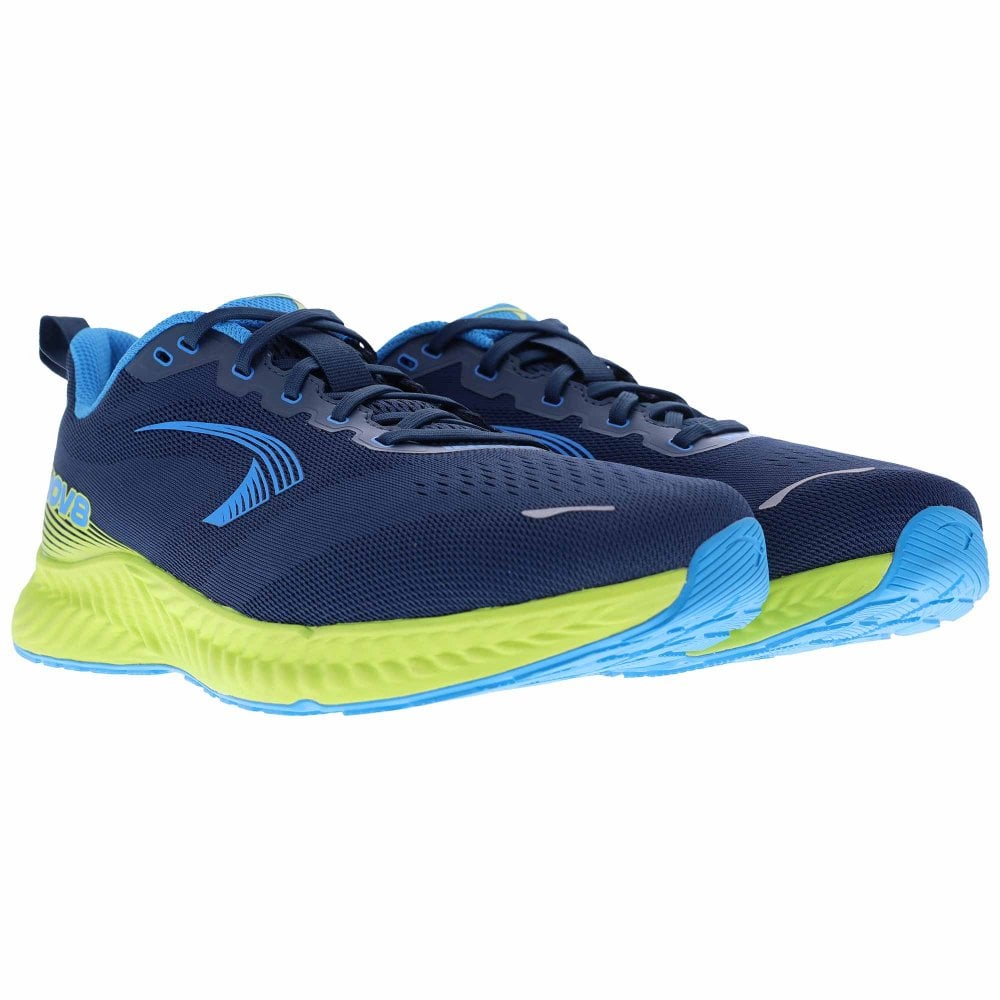
Frequently Asked Questions About Treadmill Shoes
Can I Use Outdoor Running Shoes on a Treadmill?
Technically, you can use outdoor running shoes for treadmill workouts. However, it’s not always ideal. Outdoor running shoes are designed for rough terrains, uneven surfaces, and variable weather conditions. Their soles often have aggressive tread patterns, which are unnecessary on a smooth treadmill belt.
Treadmill-specific running shoes prioritize cushioning, flexibility, and lightweight designs, which enhance comfort and reduce fatigue during indoor runs. Outdoor shoes might feel heavier and less breathable indoors, leading to overheating or discomfort. They may also wear out faster due to the consistent, smooth surface of a treadmill.
For optimal performance and durability, it’s better to invest in treadmill-appropriate running shoes. They provide the right level of support and ensure your feet remain comfortable during workouts.
How Long Should Treadmill Running Shoes Last?
The lifespan of treadmill running shoes depends on usage and shoe quality. Generally, replace them after 300 to 500 miles of use. Intense treadmill workouts may wear shoes faster, especially if they lack durable materials.
Regularly check for signs of wear. Thinning soles, reduced cushioning, or noticeable discomfort during runs indicate it’s time for a new pair. Also, monitor how the shoes feel. If they no longer support or protect your feet effectively, replace them.
Proper maintenance can extend their life. Clean your shoes after workouts, and store them in dry, ventilated areas to prevent material damage. Following these steps ensures your shoes last longer while maintaining their performance and comfort.
The Importance of Flexibility in Running Shoes
Emphasizing Lightweight Designs
Flexibility is another critical feature to consider when selecting treadmill running shoes. A flexible shoe allows for a natural range of motion in the foot and helps it adapt to the treadmill surface as you run. Too much rigidity can lead to discomfort and could ultimately affect your running style.
Lightweight materials are often used in the construction of flexible running shoes, enhancing overall responsiveness. The lighter the shoe, the less energy needed to lift your foot with each stride. This responsiveness can improve your performance and make longer runs feel less taxing, ultimately leading to a more enjoyable workout experience.
Finding the Sweet Spot
While flexibility is essential, it’s crucial to strike a balance between flexibility and support. Shoes that are too flexible may lack the necessary support to protect your feet and joints during running. Look for shoes that provide adequate cushioning and stability while still allowing for that element of flexibility.
When testing shoes, pay attention to how they feel during movement. A flexible shoe should bend at the ball of the foot while offering a stable platform underfoot. Finding that sweet spot between flexibility and support will contribute significantly to your overall comfort and performance on the treadmill.
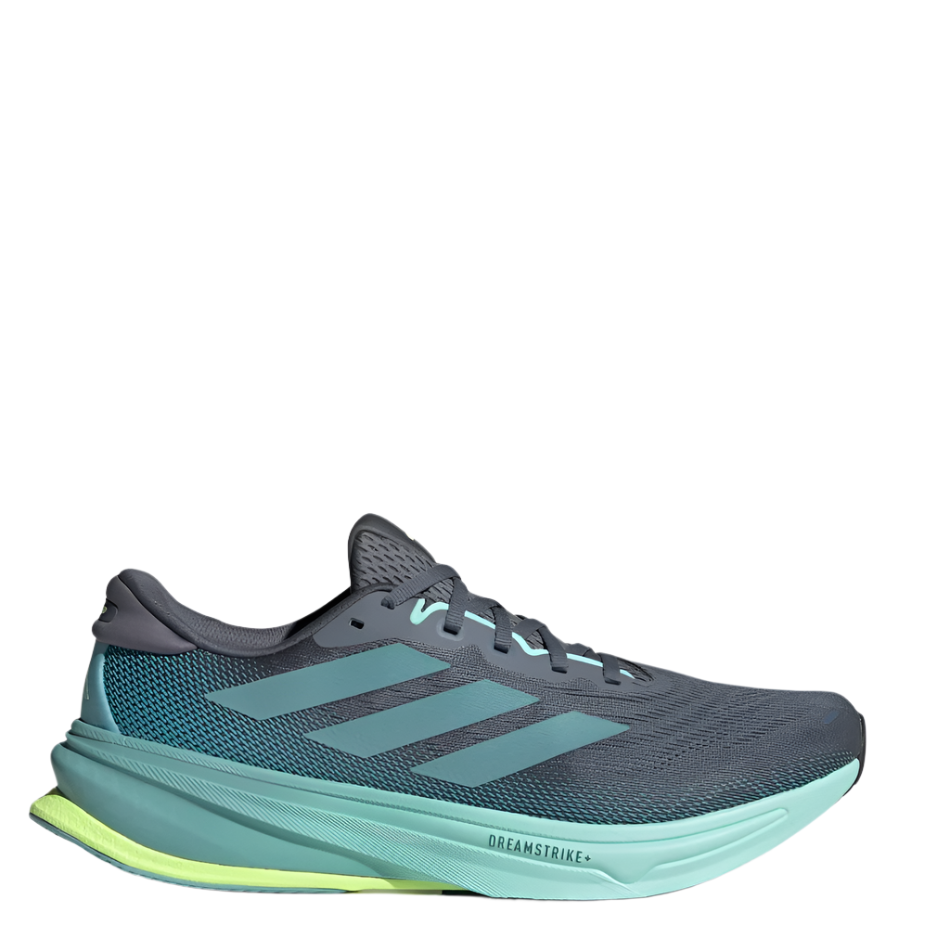
Preparing for Outdoor Running
Transitioning from Treadmill to Road
If you plan to transition from treadmill running to outdoor running, it’s essential to consider that different surfaces may require different shoe characteristics. Treadmill shoes are often designed for softer surfaces, providing cushioning and support suited for indoor use. Conversely, running outside may demand shoes that offer more traction and durability.
When making this transition, choose shoes designed for road or trail running, depending on your preferred outdoor surface. Road running shoes typically provide cushioning and support, while trail running shoes are built with additional grip and reinforcement for uneven terrain. Think about the type of terrain you’ll be running on when selecting your shoes.
Adapting Shoe Choices for Seasonal Changes
Seasonal changes in weather can also impact your shoe choice. In colder months, a shoe with water-resistant features may be beneficial to protect against the elements. During warmer months, ensure your shoes are breathable and provide excellent ventilation to keep your feet cool and dry.
By adapting your footwear to the conditions and environments in which you run, you will help prevent discomfort and injuries. Whether you run on treadmills, roads, or trails, being prepared with the right shoes for each environment will enhance your running experience and keep you motivated throughout the year.
Conclusion
Selecting the right treadmill running shoes involves an understanding of various factors, including fit, comfort, flexibility, and style. With countless options available, the process can be complex, but prioritizing your specific needs will lead you to the perfect pair. Consider your unique biomechanics, the types of workouts you will complete, and the conditions in which you will be running.
Investing in quality running shoes enhances your performance, comfort, and enjoyment of running. By paying attention to proper fit and materials, you can prevent injuries and make the most of your treadmill workouts. Remember that a well-chosen pair of shoes can significantly impact your overall running experience.
As you embark on your running journey or continue to pursue your fitness goals, let the right treadmill running shoes be your trusted companion. With careful consideration of your individual needs and preferences, you’ll find the ideal footwear that not only supports your efforts but also inspires you to achieve your fitness aspirations. Embrace the joy of running, and enjoy each step with confidence and comfort.
